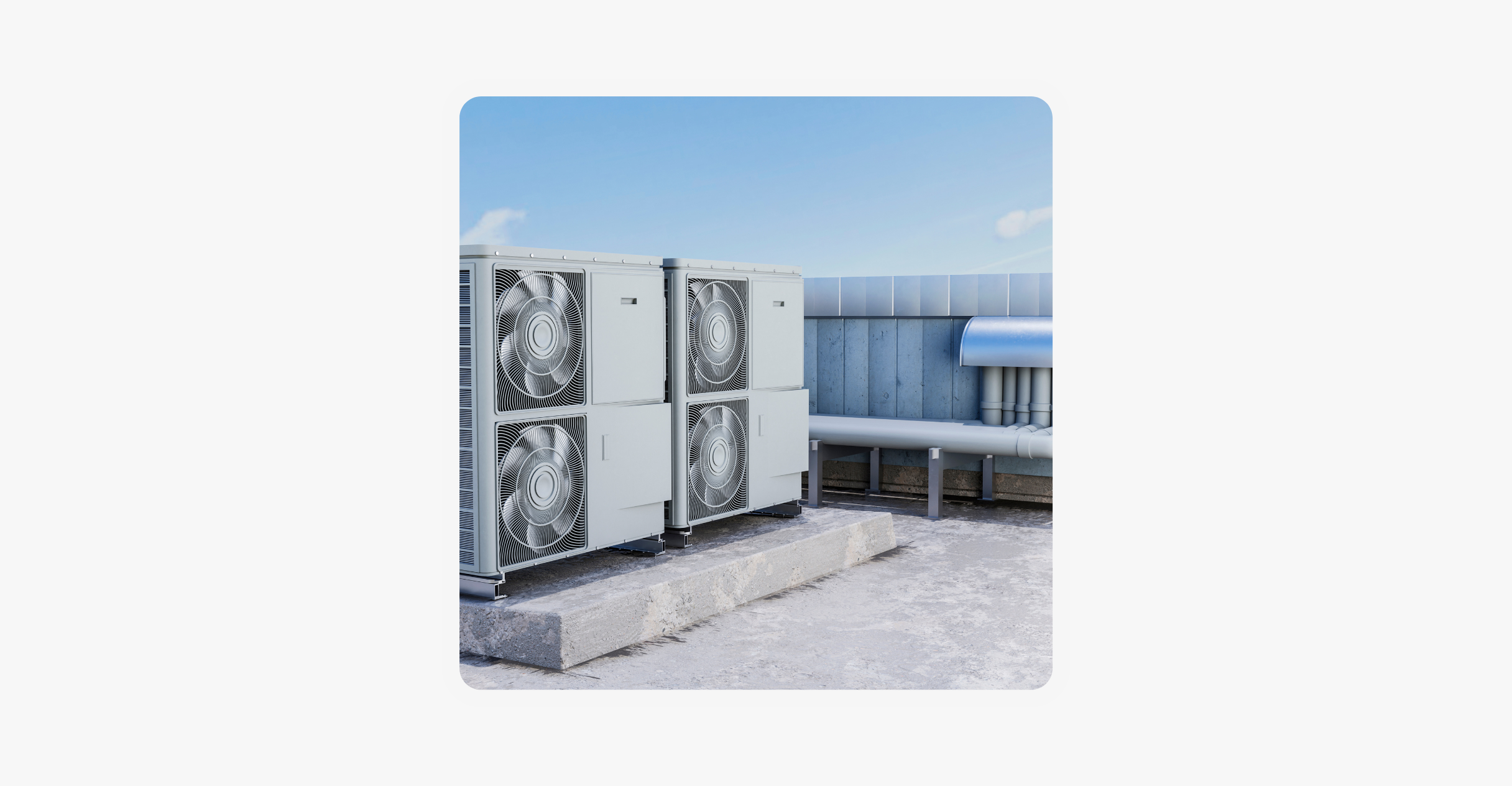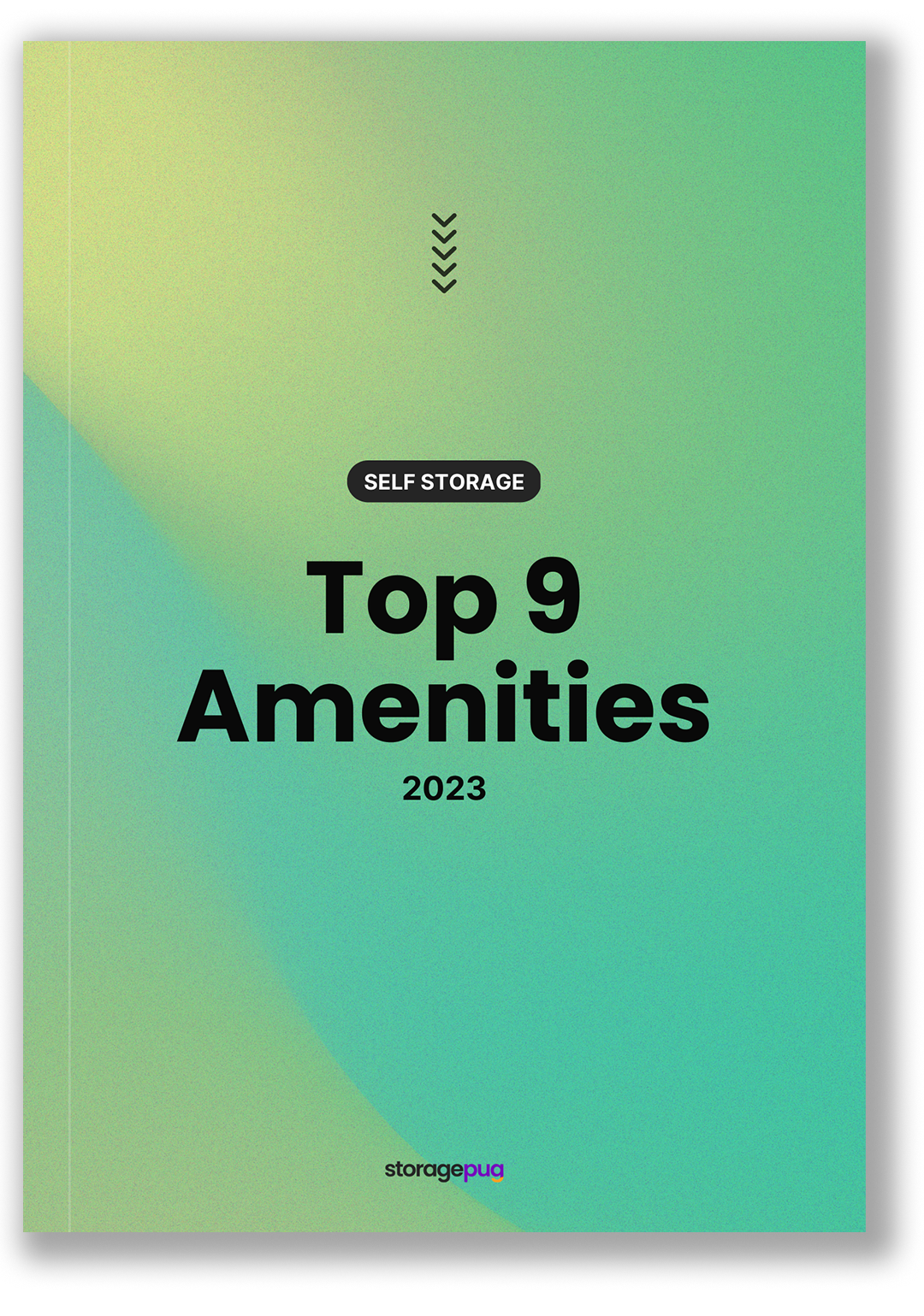Menu
July 26, 2023


Climate control is an important feature for customers with delicate items or those with plans to store long-term.
But what does it really mean? And how should you market it to your customers?
Depending on who you ask in the industry, the answers to these questions change quite a bit. But in the end, there’s one answer that really matters: the one your customers would choose.
Let’s take a look at climate-controlled storage, how to define it, and how to market it!

Let’s take a moment to define climate control. Or, well, to talk about how different people define it.
The real problem is that there is no one official organization that defines terms like climate control industry-wide. Because of this, operators across the storage industry have talked about climate control in different ways for years.
Here are some common scenarios that might be defined by some operators as climate-controlled storage (but may not quite fit the bill):
While all of these have some impact on the temperature and humidity inside the individual storage units, they all do different things.
Most importantly, none of them offer true control of the unit's whole climate. After all, the unit’s climate consists of both temperature AND humidity, so controlling that climate implies control of both of those elements, right?
With that being said, a fifth way that operators—and the SSA—define climate control is when the units are covered by both an HVAC system AND dehumidifiers.
This is probably the most accurate definition of climate control when it comes to the storage industry.
When it comes to marketing features on your website, what really matters is the perception of your customers.
What do your customers think when you say climate-controlled storage? Because every market can experience wildly different climates, customers in each market may have different expectations.
In a hot and dry area, simply having AC might be all you need to meet your customers’ expectations when it comes to climate control. Meanwhile, in a more temperate region, you probably want to use both temperature AND humidity control to provide what your customers need.
At every stage of marketing, you should be using terms your customers understand and using them the way those customers understand them.
Failing to meet your customers’ expectations can lead to shorter customer lifespans and bad reviews!
In the end, your customers don’t care about the hardware at your facility. They care that the item they’re storing isn’t too hot, cold, moist, or dry.
If your customers only care about their items being stored in the right conditions, then the right starting place for planning your climate-controlled storage facility is with the temperature and humidity levels.
So, what temperature should your climate-controlled storage units be kept at?
The preferred temperature range for climate-controlled self storage is between 50 °F and 80 °F.

This temperature range should meet the needs of most of your customers.
There are some specialty storage types that require a more specific temperature or temperature range. For example, wine storage is best kept between 45 and 65 °F, with 55 °F often being called the ideal temperature.
For general climate control needs, between 50 and 80 °F should be enough! This protects most items from cold damage in the winter or heat damage in the summer.
It’s often more important to get RH (relative humidity) levels right due to the potential for mold and mildew.
What humidity levels should your climate-controlled storage units have?
The preferred humidity level for climate-controlled self storage is 45% or below

Like with the temperature ranges, ideal humidity can change depending on the type of storage. To use our wine storage example from earlier, these customers will prefer humidity between 60 and 85% to keep the corks from drying out.
It’s not worth it to snag a rental from a customer only to receive horrible word-of-mouth and reviews because their property was ruined.
Individuals storing clothing, upholstered furniture, and important documents will likely be unhappy if you advertise climate control but don't have humidity control. That kind of setup isn't likely to protect the clothing or other humidity-sensitive items they store.
If you’re advertising climate control in wine storage units but deliver an RH of under 50%—the ideal range for your average storage customer—you will probably leave wine storage customers unsatisfied.
This is why clarity is important. Speak your customers' language, and always be specific where there is room for misunderstanding.
If you want to take your climate-controlled self storage facility to the next level, one way is to tailor climate control in different buildings or unit blocks to common types of specialty storage customers in your area.
Here are the ideal temperature and humidity ranges for a variety of specialty storage types:
Wine Storage: 55 °F | 45%RH (and below)
Art Storage: 70 to 75 °F | 40 to 50%RH
Vinyl Records Storage: 65 to 70 °F | 45 to 50%RH
Classic Car Storage: 55 to 85 °F | 55%RH
Paper Documents and Records Storage: 65 to 72 °F | RH 40 to 55%RH
Instrument Storage: 70 °F | 40 to 60%RH
Electronics Storage: 50 to 80 °F | 30 to 60%RH
Reminder: RH stands for Relative Humidity. The National Weather Service defines this as the measure of the actual amount of water vapor in the air compared to the total amount of vapor that can exist in the air at its current temperature.
Want to see more interesting self storage information and guides? Check out some of these posts:
At StoragePug, we build self storage websites that make it easy for new customers to find you and easy for them to rent from you.
